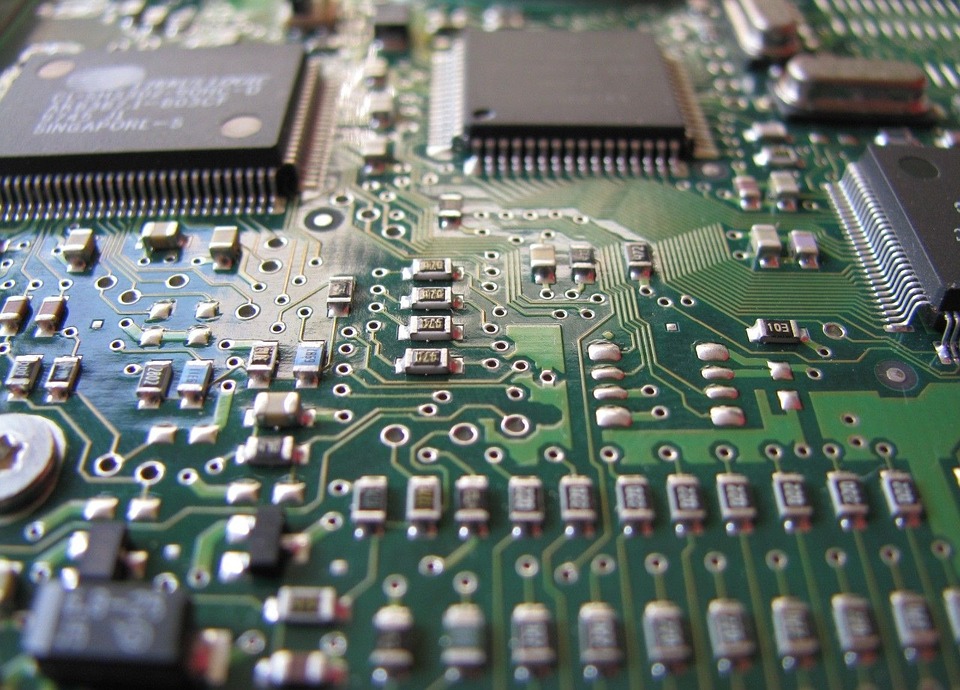
Here’s a list of industrial automation terms you may need to be defined as you’re looking at our extensive catalog of parts.
A
AC (ALTERNATING CURRENT)
The commonly available electric power supplied, an AC generator and is distributed in single or three-phase forms. AC current changes its direction of flow (cycles).
AC MOTORS
A motor (see motor definition) operating on AC current that flows in either direction (AC current). There are two general types: induction, and Synchronous.
ACTIVE IRON
The amount of steel (iron) in the stator and rotor of a motor. Usually, the amount of active iron is increased or decreased by lengthening or shortening the rotor and stator (they are generally the same length).
AIR GAP
The space between the rotating (rotor) and stationary (stator) member in an electric motor.
AIR PRESSURE SWITCH
Used on motors with blowers to measure the difference in pressure across the filter so as to detect a clogged filter.
AIR TEMPERATURE SWITCH
A device used in air hooded motors to detect the temperature of the exhausted air. When used in this manner an air temperature switch will detect blockage in the cooling air system or long-term motor overload.
ALTITUDE
The atmospheric altitude (height above sea level) at which the motor will be operating; NEMA standards call for an altitude not exceeding 3,300 ft. (1,000 meters). As the altitude increases above 3,300 ft. and the air density decreases, the air stability to cool the motor decreases – for higher altitudes, higher grades of insulation or a motor derating are required. DC motors require special brushes for high altitudes.
AMBIENT TEMPERATURE
The temperature of the surrounding cooling medium, such as gas or liquid, which comes into contact with the heated parts of the motor. The cooling medium is usually the air surrounding the motor. The standard NEMA rating for ambient temperature is not to exceed 40ƒC.
ANTI-FRICTION BEARING
An anti-friction bearing is a bearing utilizing rolling elements between the stationary and rotating assemblies.
ARMATURE
The portion of the magnetic structure of a DC or universal motor which rotates
ARMATURE CURRENT, AMPS
Rated full load armature circuit current.
ARMATURE INDUCTANCE, MH
The armature inductance in milli-henries (saturated).
ARMATURE REACTION
The current that flows in the armature winding of a DC motor tends to produce magnetic flux in addition to that produced by the field current. This effect, which reduces the torque capacity, is called armature reaction and can affect the commutation and the magnitude of the motor’s generated voltage.
ARMATURE RESISTANCE, OHMS
The armature resistance is measured in ohms at 25ƒ C. (cold)
AXIAL THRUST
The force or loads that are applied to the motor shaft in a direction parallel to the axis of the shaft. (Such as from a fan or pump)




You must be logged in to post a comment.